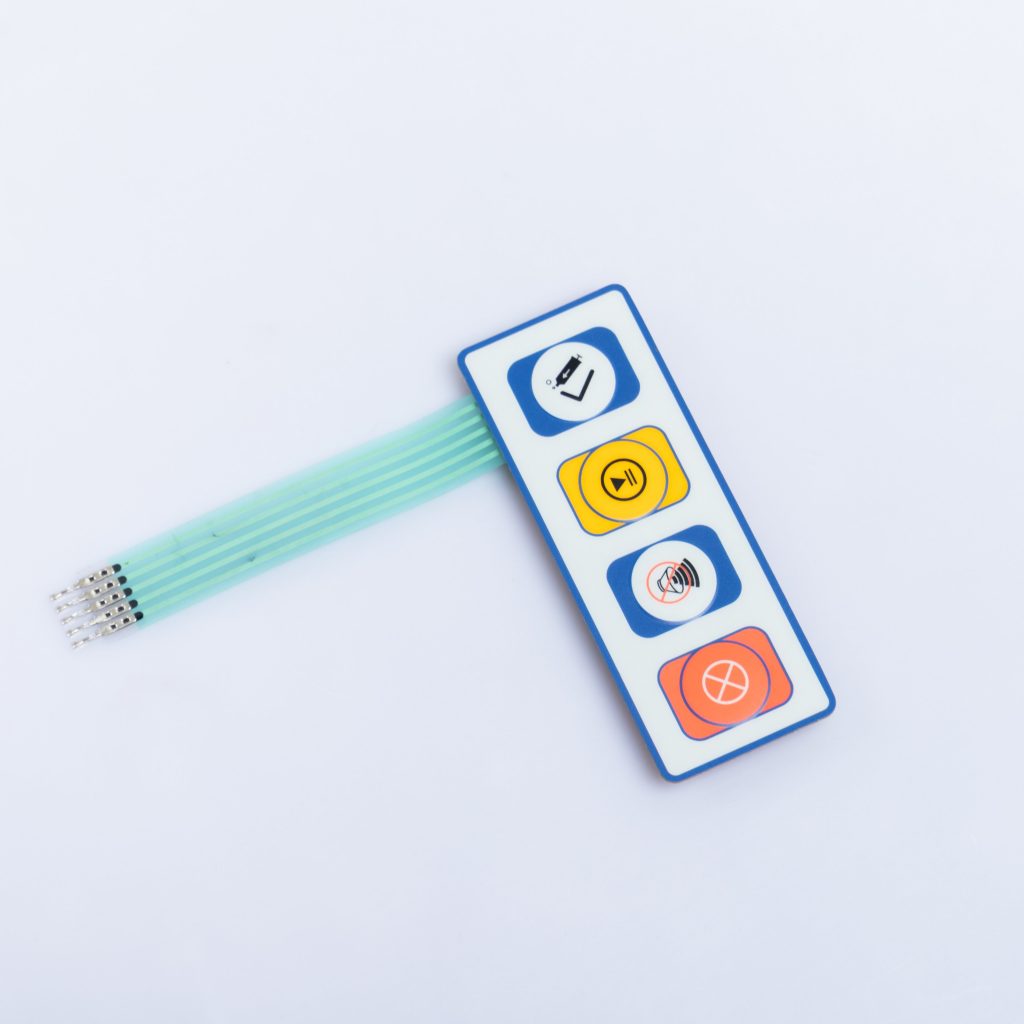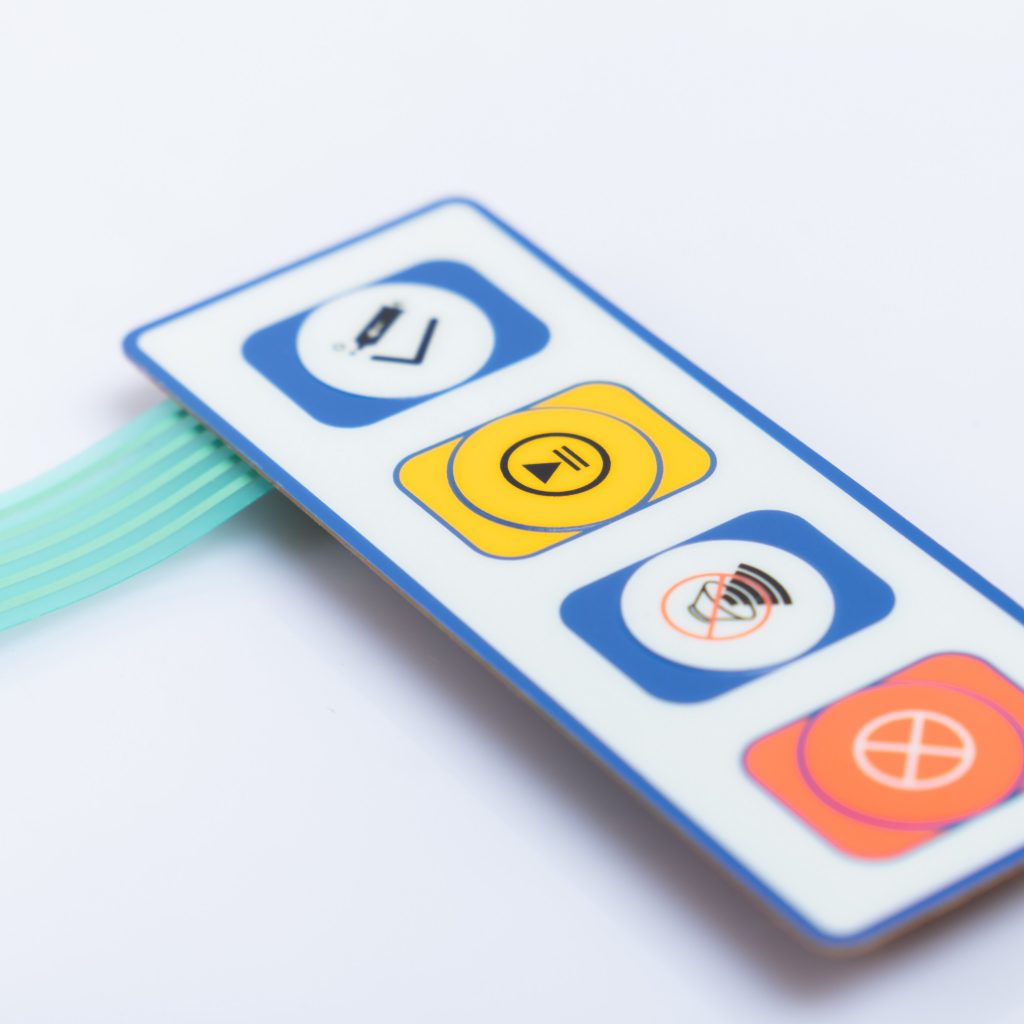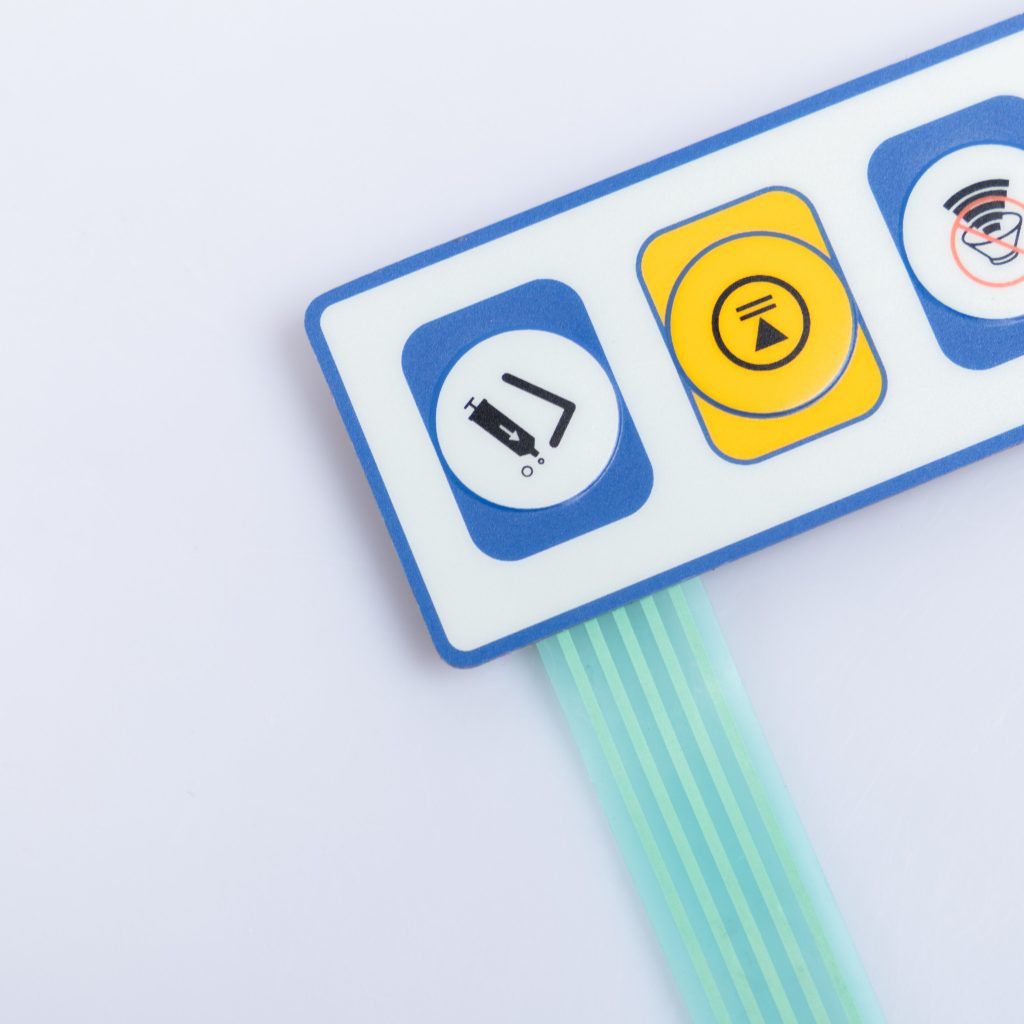Contact
Write to Us And We Would Be Happy to Advise You.
Do you have any questions, or would you like to speak directly with a representative?
By hqt
Gone are the days when cars had simple dashboards with basic controls and analog dials. Over the decades, automotive control panels have undergone significant transformations. Remember the first time you felt the satisfying click of a push-button radio in an old car? Fast forward to today, and we have a myriad of touch-sensitive controls at our fingertips.



Today’s vehicles are increasingly incorporating advanced technologies, making the driving experience more interactive and user-friendly. Think of the last time you slid your fingers across a screen to adjust the volume or navigated a menu using just a touch. Isn’t it fascinating how far we’ve come?
Have you ever wondered how your smartphone screen responds to the lightest of touches? This magic is thanks to capacitive touch technology. At its core, capacitive touch screens detect the electrical changes that occur when an object, such as a fingertip, comes into contact with its surface.
In cars, capacitive touch panels work similarly. Imagine painting with your fingers on a canvas of possibilities, where each stroke adjusts a setting or reveals new information. It’s a dance of electricity and innovation, where your touch orchestrates the performance.
Ever tapped a screen and marveled at the responsiveness? Capacitive touch provides a seamless interaction, making tasks like adjusting the air conditioning or changing the radio station feel effortless.
Distractions on the road can be fatal. By providing intuitive touch controls, drivers can quickly make adjustments without diverting their attention from the road. Remember the frustration of fumbling with clunky buttons? Capacitive touch eliminates that hassle.
Isn’t there something undeniably sleek about a touch panel? It adds a modern aesthetic appeal to the car’s interior, making it feel luxurious and advanced.
Have you binge-watched a series lately? Just as streaming platforms transformed entertainment, capacitive touch has revolutionized car infotainment systems. Swipe, tap, or pinch – it’s all about giving control to the viewer (or in this case, the driver).
Imagine a chilly morning where you glide your fingers over a screen, and your car responds by warming up instantly. It’s not science fiction; it’s capacitive touch in action.
Remember the times when you’d squint at pixelated maps on small screens? Now, expansive touch panels make navigation a breeze. Zoom in, zoom out, or pan – exploring routes has never been this fun.
Ever chatted with Siri or Alexa? As AI and smart assistants become more prevalent, we can anticipate a fusion of voice commands with capacitive touch controls, paving the way for truly interactive experiences.
As designs evolve, we can expect more immersive and customizable interfaces. Imagine a world where your car’s control panel feels like an extension of yourself, adapting and responding to your unique touch.
The integration of capacitive touch technology in automotive control panels signifies an exciting juncture in the evolution of vehicles. As we journey into the future, our cars will not just be modes of transport, but interactive companions, enhancing our driving experience at every touch.
What is the main difference between capacitive touch and traditional touchscreens in cars?
How does capacitive touch enhance safety in vehicles?
Are there any drawbacks to capacitive touch panels in cars?
Can capacitive touchscreens be integrated with other car technologies?
Will capacitive touch replace all physical controls in cars?
Do you have any questions, or would you like to speak directly with a representative?